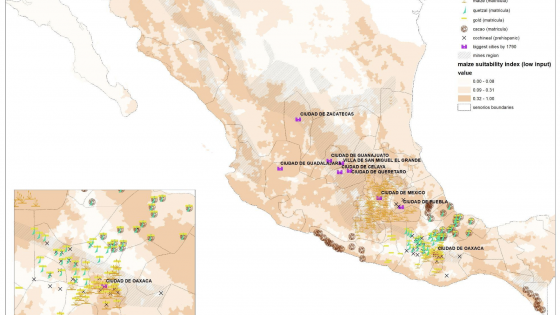DP14262 Pale in Comparison: Jews as a Rural Service Minority
Jews are typically characterized as an urban minority. This paper challenges this view, while explaining the geographic distribution and variations in the occupational choices of Jews in the Pale of Settlement at the end of the nineteenth century. Viewing Jews as a rural service minority, with comparative advantage in countryside commerce, not in dense urban centers, a simple model of a regional labor market with inter-ethnic complementarities produces a series of empirical predictions. Using data from the 1897 Russian census, I show that the geographic dispersion of Jewish communities and the variation in their occupational distribution conform with these predictions and could be explained by this model. The mechanism at work was adverse effects of ethnic congestion in the niche of rural services: When the share of Jews in the population grew, Jews spilled across two margins – occupational, as manufacturing workers, and geographic, as frontier migrants to districts where Jews were scarce. There was little distinction between rural and urban Jewish labor markets, and no preference for large urban centers over small towns or for urban congestion effects. The patterns exhibited in the US after migration appear as a sharp break from, rather than a continuation of, old-country tradition. The case of Russian Jews exemplifies how inter-ethnic complementarities shape the long-run spatial distribution of an ethnic minority group, and in particular, that economic incentives can lead to cross-regional dispersion.


